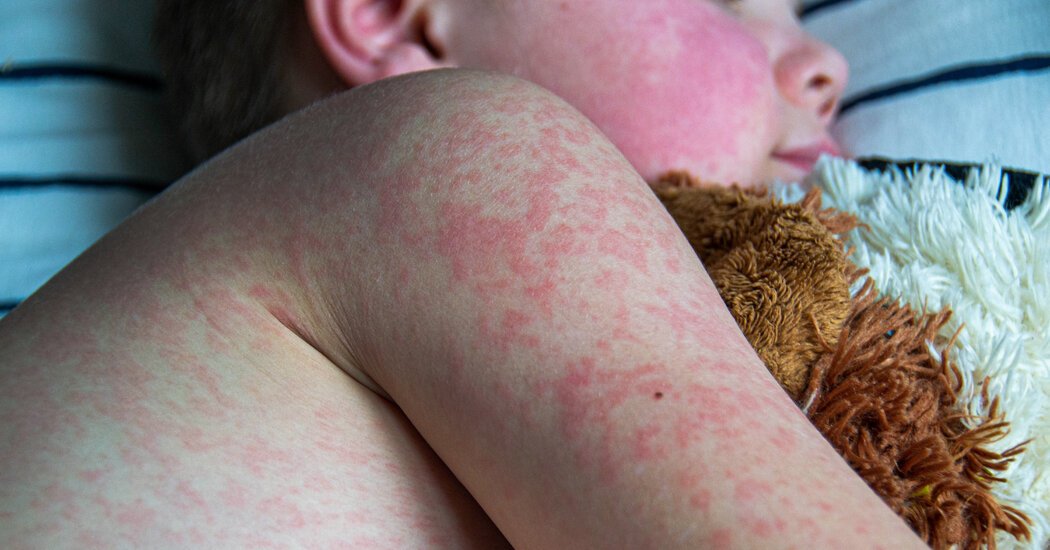The United States is experiencing its largest measles outbreak in a decade, with over 800 confirmed cases reported across Texas, New Mexico, Oklahoma, and Kansas as of early May 2025. The outbreak has already claimed at least three lives — the first measles-related deaths in the U.S. since 2015 — and public health officials are calling it a wake-up call.
📌 Track the outbreak live at the CDC’s measles update portal
How Did This Happen?
The primary driver behind the outbreak is a sharp decline in vaccination rates across parts of the American Southwest. Experts say this drop is largely due to:
- Vaccine misinformation circulating on social media
- Lenient state exemption policies
- COVID-19-related medical mistrust lingering from the pandemic years
Texas in particular has seen MMR (measles, mumps, rubella) vaccine rates fall below 90% in several counties, far below the 95% needed for herd immunity.
Read more on vaccination trends from KFF Health News
Measles: A Dangerous Re-emergence
Measles is one of the most contagious viruses on the planet, and it can lead to severe complications including pneumonia, brain swelling, and death — especially in young children and the immunocompromised. Before the vaccine era, hundreds of Americans died from measles each year.
Though declared eliminated from the U.S. in 2000, sporadic outbreaks tied to international travel or localized vaccine hesitancy have continued. This 2025 resurgence is the most severe yet.
Who’s Being Affected?
- Children under 10 make up the largest share of cases
- Unvaccinated individuals account for over 90% of infections
- The virus has hit schools, daycares, and hospitals especially hard
- Rural and underserved communities are seeing the fastest spread
One alarming detail: a school district in El Paso, TX temporarily shut down in-person classes after 26 students were infected in one week.
Government and Public Health Response
The Centers for Disease Control and Prevention (CDC) has:
- Issued a national alert urging immediate vaccination
- Dispatched emergency response teams to affected states
- Launched a new social media education campaign to counter anti-vax content
Governors of Texas and New Mexico have declared public health emergencies, opening up funding for mobile vaccination units and urgent care access in rural areas.
Read the CDC’s full response: CDC Outbreaks & Emergencies

Political and Social Implications
This outbreak has reignited debate over vaccination mandates, with proposed legislation in Texas seeking to remove non-medical exemptions for school-aged children. It’s also triggered renewed scrutiny of social media platforms for their role in amplifying vaccine misinformation.
Meanwhile, pediatricians and family doctors are overwhelmed with concerned parents — both pro- and anti-vaccine — demanding answers and protection.
Can It Be Contained?
Health experts say it’s possible, but time is critical. Vaccinating unprotected populations, isolating infected individuals, and improving public awareness are the keys.
The CDC recommends:
- Ensuring your MMR vaccination is up to date
- Isolating if symptomatic (fever, rash, cough)
- Avoiding unnecessary travel to outbreak regions
Final Thoughts
The 2025 measles outbreak is not just a regional concern — it’s a national emergency. It underscores the fragility of public health achievements when science, trust, and policy collide. The coming days will be crucial in determining how effectively the outbreak can be contained — and what lessons will be learned.
Stay informed, get vaccinated, and support reliable sources of health information.
External Sources:
- CDC Official Page on Measles
- World Health Organization – Measles Facts
- KFF Health News – Vaccine Coverage
- Texas DSHS Measles Info

